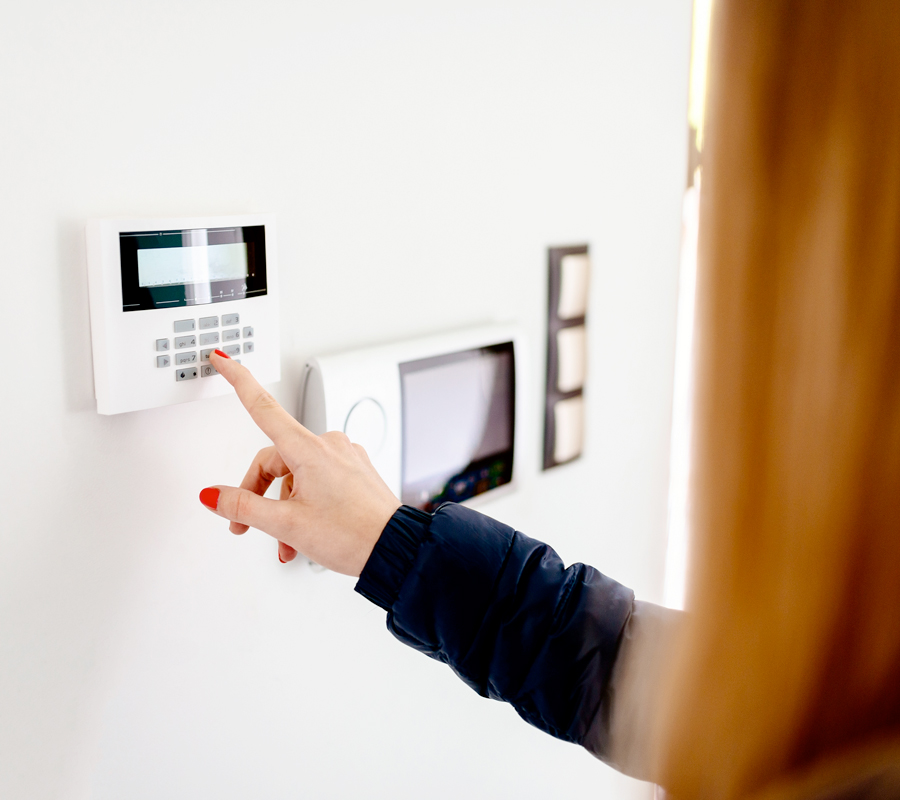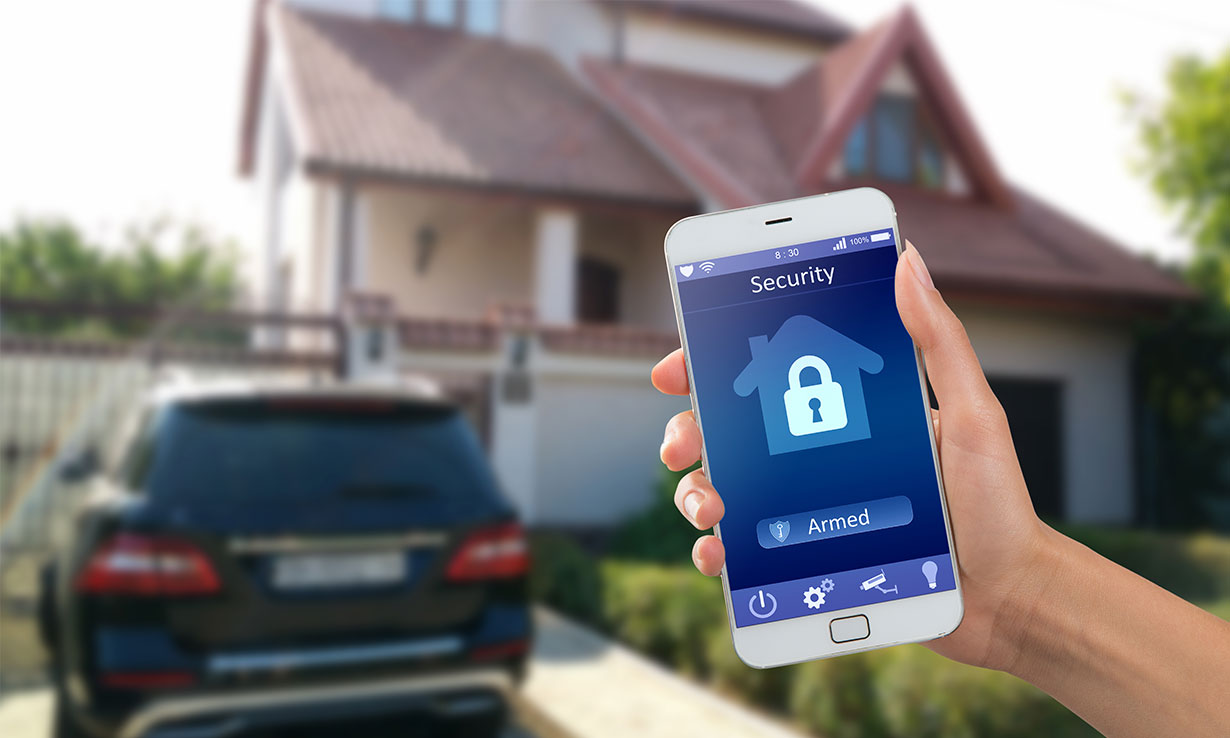In an age where home security is more important than ever, selecting the right security system can be a daunting task. With a plethora of options available, it is essential to understand which features are crucial for ensuring the safety of your home and loved ones. This article will explore key features that should never be overlooked when choosing a home security system.
Understanding the Basics of Home Security
Home security systems are designed to protect properties from intrusions, theft, and other potential threats. A comprehensive system not only deters criminals but also provides peace of mind for homeowners. Before delving into specific features, it is important to grasp the basic components of a security system.
Components of a Security System
The fundamental components of a home security system typically include alarms, sensors, cameras, and monitoring services. Alarms serve as the first line of defence, alerting homeowners and deterring intruders. Sensors can detect movement or unauthorised entry, while cameras provide visual evidence and can be monitored remotely.
Additionally, many systems offer monitoring services, which can alert authorities in case of an emergency. Understanding these components is crucial for making informed decisions about which features to prioritise.
Beyond the basics, modern home security systems have evolved to incorporate smart technology, allowing homeowners to control their security measures from their smartphones or tablets. This integration not only enhances convenience but also enables real-time alerts and remote access to camera feeds. For instance, if a motion sensor is triggered, homeowners can receive instant notifications, allowing them to assess the situation immediately, whether they are at home or away. Furthermore, the ability to view live camera footage can be invaluable, providing reassurance and the opportunity to take swift action if necessary.
Moreover, many systems now include additional features such as smart locks, which can be controlled remotely, and environmental sensors that detect smoke, carbon monoxide, or flooding. These advancements ensure that home security is not solely about preventing break-ins but also about safeguarding the overall well-being of the household. As technology continues to advance, the landscape of home security is likely to become even more sophisticated, offering homeowners an array of options to tailor their security systems to their specific needs and lifestyles.
Key Features to Consider
When selecting a home security system, certain features stand out as essential. These features not only enhance security but also improve the overall functionality of the system. Below are some of the most important features to consider.

1. Smart Home Integration
In today’s digital age, the ability to integrate a security system with smart home devices is invaluable. Smart home integration allows for seamless control of various devices, such as lights, locks, and thermostats, through a single application. This not only enhances convenience but also improves security by enabling homeowners to manage their systems remotely.
For example, homeowners can programme lights to turn on and off at specific times, creating the illusion of occupancy when they are away. This feature can significantly deter potential intruders, as homes appear occupied even when they are not.
2. Remote Monitoring
Remote monitoring capabilities have revolutionised home security. With the advent of smartphone applications, homeowners can now monitor their properties in real-time, regardless of their location. This feature allows users to view live camera feeds, receive alerts, and even communicate with visitors through two-way audio.
Remote monitoring not only enhances security but also provides peace of mind. Homeowners can check in on their property while on holiday or during long workdays, ensuring that everything is as it should be.
3. Motion Detection
Motion detection is a vital feature that can significantly enhance the effectiveness of a security system. Advanced motion sensors can differentiate between human movement and other disturbances, reducing false alarms. When a potential threat is detected, the system can trigger an alarm, send notifications, or even activate cameras to capture footage.
This feature is particularly useful for outdoor security, as it can alert homeowners to any unusual activity around their property. In combination with remote monitoring, motion detection creates a robust security solution.
Additional Features Worth Considering
While the aforementioned features are essential, there are additional functionalities that can further enhance a home security system. These features can provide extra layers of protection and convenience.
4. Video Surveillance
Video surveillance systems have become increasingly popular among homeowners. High-definition cameras can capture clear footage of any activity around the property, acting as both a deterrent and a means of evidence collection. Many modern systems offer cloud storage options, allowing homeowners to access footage from anywhere at any time.
Additionally, some systems come equipped with advanced features such as night vision and motion tracking, ensuring comprehensive coverage regardless of the time of day. This capability can be crucial in identifying potential threats and providing evidence in case of an incident.
5. Alarm Notifications
Alarm notifications are essential for ensuring that homeowners are promptly informed of any security breaches. Modern systems can send instant alerts via text messages or push notifications to smartphones, allowing homeowners to react quickly. Some systems even offer integration with emergency services, ensuring that help is on the way when needed.
These notifications can be customised, enabling homeowners to set preferences for different types of alerts. This feature not only enhances security but also allows for a tailored approach to home safety.
6. User-Friendly Interface
A user-friendly interface is crucial for any security system. Homeowners should be able to navigate the system with ease, whether they are arming or disarming the alarm, accessing camera feeds, or adjusting settings. A complicated interface can lead to frustration and may discourage homeowners from using the system effectively.
Many modern security systems offer intuitive apps that simplify the user experience. Features such as voice control and easy-to-follow tutorials can further enhance usability, making it easier for all family members to engage with the system.
Assessing Your Home’s Unique Needs
Every home is unique, and security needs can vary significantly based on factors such as location, size, and lifestyle. It is essential to assess these factors when selecting a security system. Understanding specific vulnerabilities can help homeowners choose the most appropriate features for their situation.
1. Location Considerations
The location of a home plays a significant role in determining security needs. Homes in urban areas may face different threats compared to those in rural settings. For example, urban homes may require more extensive surveillance due to higher crime rates, while rural homes might benefit from motion sensors to monitor larger properties.
Additionally, understanding the local crime statistics can provide insight into which features may be most beneficial. Homeowners should consider consulting local law enforcement for advice on security measures tailored to their area.

2. Family Lifestyle
Family lifestyle is another crucial factor to consider. For families with young children or elderly members, features such as panic buttons or emergency alerts can provide additional peace of mind. Similarly, pet owners may want to invest in systems that minimise false alarms triggered by pets moving around the house.
Understanding the daily routines and potential vulnerabilities of all family members can help in selecting the right features to ensure comprehensive security.
Conclusion
Choosing the right home security system involves careful consideration of various features that can enhance safety and convenience. Smart home integration, remote monitoring, motion detection, video surveillance, alarm notifications, and a user-friendly interface are all essential components that should not be overlooked.
Moreover, assessing the unique needs of a home based on location and family lifestyle can further tailor the security solution. By prioritising these features, homeowners can create a robust security system that not only deters intruders but also provides peace of mind for their families.
Investing in a comprehensive home security system is a proactive step towards safeguarding one’s property and loved ones. With the right features in place, homeowners can rest assured that their homes are well-protected.
Related article: Wireless Home Security Systems: Are They Safer Than Wired Systems?
